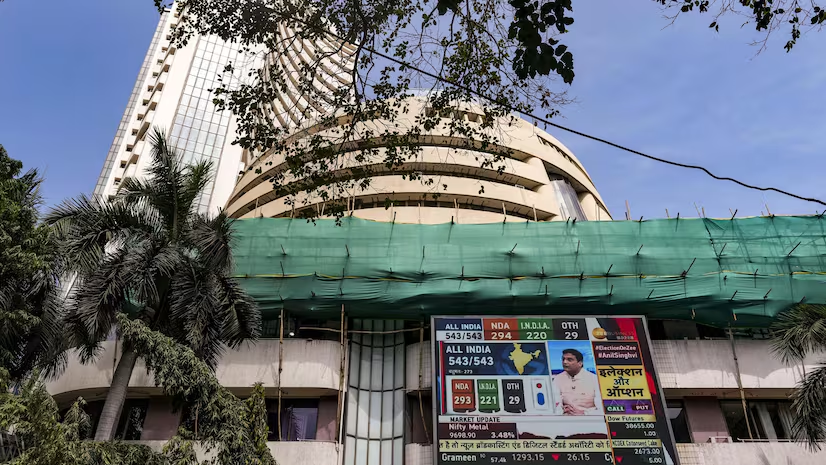In recent months, the Indian stock market has demonstrated remarkable resilience despite massive foreign investor outflows totaling up to $32 billion. This surprising trend is attributable to a combination of factors, including strong domestic investment, government policies, and the overall economic environment in India.
1. Strong Domestic Investor Participation
One of the key reasons for the stability of the Indian markets is the significant involvement of domestic investors, including retail investors, high-net-worth individuals (HNIs), and domestic institutional investors (DIIs). Domestic investors have been pivotal, stepping in to purchase stocks that foreign investors are selling, thereby stabilizing the market. Data shows that domestic investors have contributed significantly to market liquidity, with a net inflow that almost offsets the foreign outflows. For every $4 pulled out by foreign investors, domestic investors have brought in $3, which has helped cushion the impact on the market.
2. Increase in Retail Investor Activity
The rise in retail investor activity is another contributing factor. The number of retail investors in India has grown substantially, driven by increased financial literacy, easier access to trading platforms, and a growing middle class. As of 2024, the number of registered investors on Indian stock exchanges reached new highs, indicating a broader participation in the equity markets. Retail investors now hold a significant share of the total market capitalization, and their participation has provided a buffer against foreign investor exits.
3. Government Policies and Economic Reforms
The Indian government has implemented various policies aimed at boosting the economy and attracting investments. Initiatives like ‘Aatmanirbhar Bharat’ (Self-Reliant India) and production-linked incentive (PLI) schemes have encouraged domestic manufacturing and investments, thereby strengthening the economic base. Moreover, India’s robust growth prospects, supported by infrastructure development, reforms in taxation, and regulatory easing, have made the country an attractive investment destination for domestic investors.
4. Resilient Economic Indicators
Despite global uncertainties, India’s economic indicators have remained relatively strong. The country has shown robust GDP growth projections, a stable currency, and manageable inflation levels. These factors have instilled confidence among domestic investors, encouraging them to continue investing in the stock market. Additionally, India’s diverse economy, which includes sectors like technology, pharmaceuticals, and consumer goods, has shown resilience and adaptability, further supporting investor confidence.
5. Mutual Funds and SIP Culture
The popularity of systematic investment plans (SIPs) and mutual funds has also played a significant role in maintaining market stability. Domestic mutual funds have consistently attracted inflows from retail investors, who prefer to invest through SIPs due to their disciplined and long-term nature. This steady flow of funds into mutual funds has provided a stable source of capital for the markets, counterbalancing the volatility caused by foreign investor movements.
Conclusion
The resilience of the Indian stock markets in the face of significant foreign outflows underscores the growing maturity of the market and the strength of domestic participation. While foreign investors have historically played a significant role in influencing market movements, the increasing contribution from domestic investors, coupled with positive economic fundamentals and supportive government policies, has created a more balanced and robust market environment. This trend suggests that the Indian stock market is increasingly becoming self-reliant, reducing its vulnerability to external shocks.





